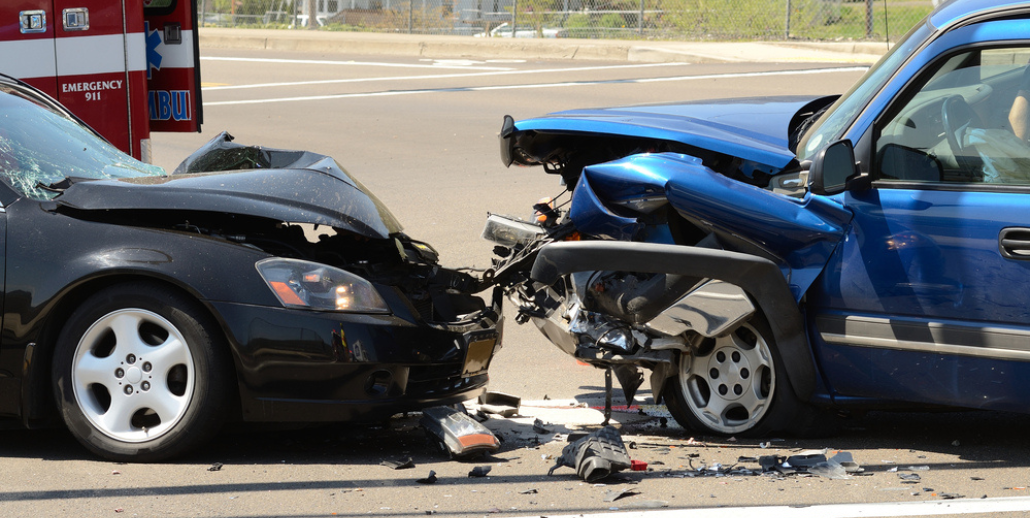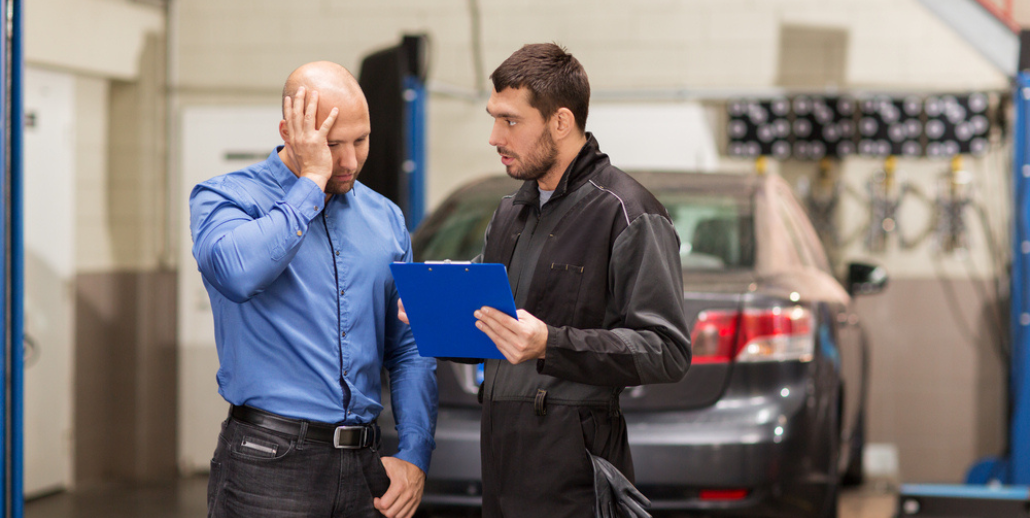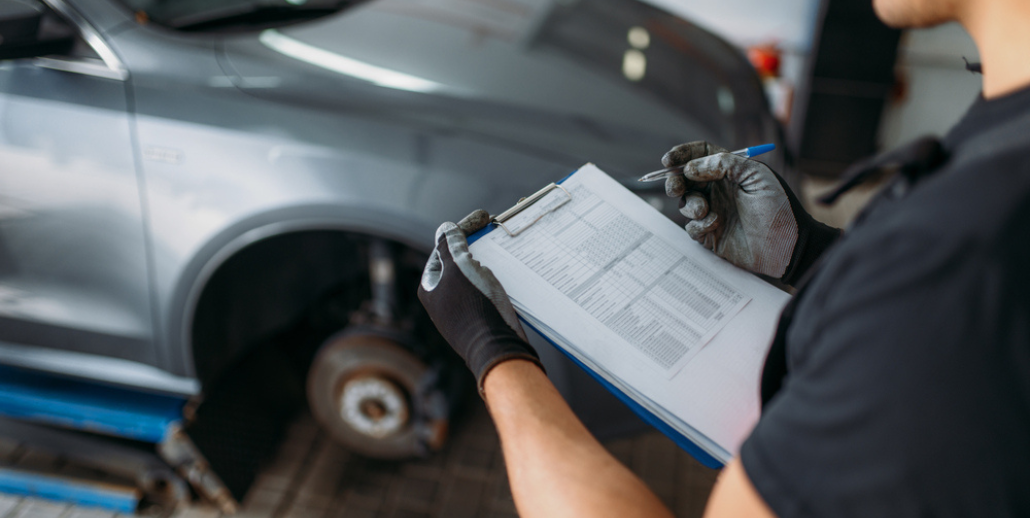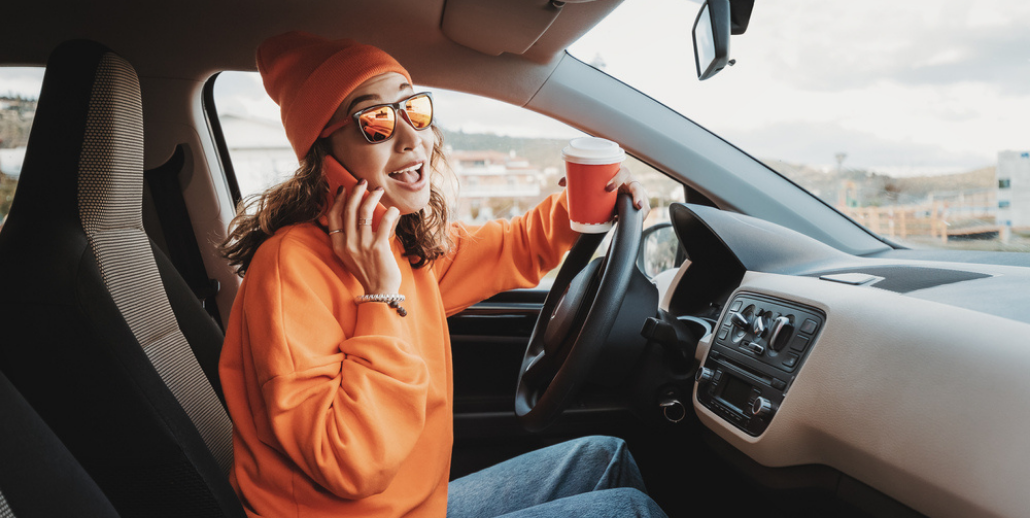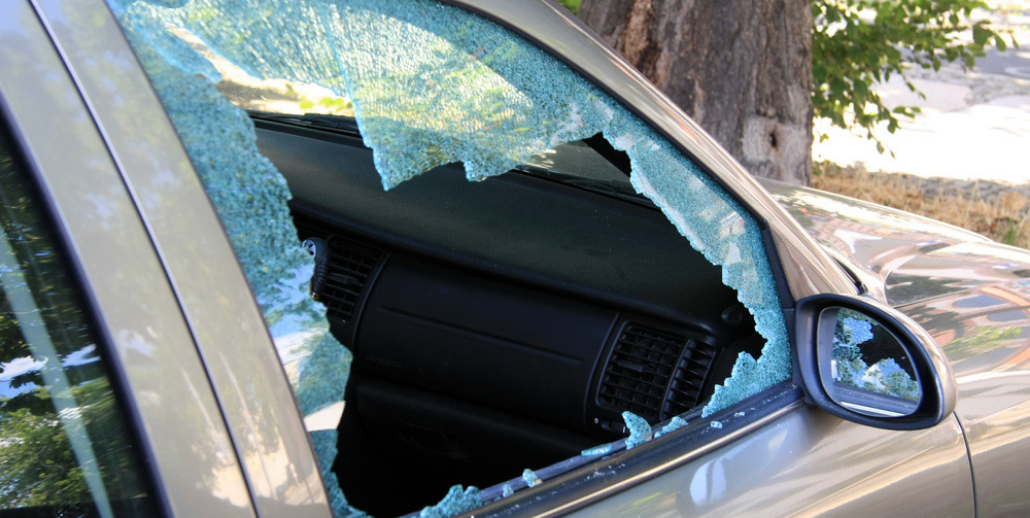A head-on collision is one of the worst types of auto accidents that you can suffer. These types of collisions are far more likely to result in serious injury, and also much more likely to decimate your vehicle. Obviously, the damage will mostly be in the front, and that’s where the most important part (the engine) is located. So, that brings us to the essential question. Can damage from a head-on collision be repaired? It depends on several key factors.
The Extent Of The Damage
The first thing to understand is that it all depends on the extent of the damage. If you are talking about a low-speed collision or an indirect collision, the damage might be minimal. In most vehicles, the radiator is right in the front, so it’s probably going to be toast. There is always going to be a fan right behind that radiator, so it’s likely going to be destroyed as well. However, those parts can be changed out without much trouble, so they aren’t the biggest concerns.
The biggest concerns are the frame of the vehicle itself, as well as the engine. When these things are damaged beyond repair, it’s better to scrap and replace the car. If there is frame damage, it might still be possible to repair the vehicle, but that is something that has to be decided on a case-by-case basis. While it is certainly possible to replace an engine, the parts and labor involved are going to be extremely expensive.
Type Of Damage Incurred
It’s not just about the sheer extent of the damage, as the type of damage will also be a determining factor. If the frame has been bent to the left or the right, this is called “sway damage.” Likewise, “twist damage” involves the frame being twisted. You also might have “mash damage”, in which the metal of the frame has been compressed like an accordion.
Mash damage is probably the worst of the three, while sway damage is generally less serious. Twist damage is right in the middle, as it all depends on the extent of the twist. After a certain point, the frame can no longer be restored to a safe and stable state. However, if you just have some light sway, the vehicle can probably be repaired. Body shops have straightening machines that are great for light damage, and damaged sections of a frame can often be replaced.
Safety Concerns
Safety should always be a key factor when choosing whether to repair or replace a vehicle. For example, let’s say that your car has suffered severe mash damage and some twisting in key places. It might be possible for a skilled body shop technician to restore that vehicle to a point where it can be driven. However, it will never be particularly safe to drive that vehicle. Should it be involved in another collision with a badly weakened frame, the results could be catastrophic.
Body shops have to think about these things when repairing vehicles. If they send someone out with an unsafe vehicle and something terrible happens, they can be held liable. There are also various laws and state-level regulations that determine when a car can legally be allowed back on the road after a collision.
Type Of Vehicle Frame
All cars and trucks made today will generally have one of two frame types: Uni-body or ladder-frame. A uni-body frame is exactly what the name implies: The entire frame is one piece. A ladder-on-frame design, by contrast, uses the frame as more of an anchor on which to attach the body. You usually see ladder-frame designs on trucks and other larger vehicles, as it is better for bearing a large amount of weight. In any case, uni-body repairs tend to be more expensive and more difficult.
Availability Of Parts
If your vehicle is damaged severely enough to compromise the frame, there will certainly be other damaged parts as well. Most (if not all) of these will need to be replaced. Of course, this might include sections of the frame and body, so you’re definitely looking at some expenses for all those parts. And, of course, that problem becomes much harder if your vehicle’s parts are not so easy to find. Aftermarket parts can often be substituted for rare ones, but that might reduce the vehicle’s resale value.
Can You Drive A Vehicle With Frame Damage?
Absolutely not. It is not safe to drive a vehicle that has suffered frame damage. We have already mentioned the fact that such vehicles are unsafe due to their structural integrity being weakened. However, there is another problem: Such a car usually won’t drive straight. The frame is the very core of the vehicle, so you cannot expect it to travel straight on a bent frame.
Conclusion
As you can see, there is no simple answer here. Damage from a head-on collision may or may not be possible to repair. It mainly depends on how much damage the vehicle took, what type of damage was incurred, and the amount of time and money that will be required to return the vehicle to an acceptable condition. If you are in need of a frame repair, there is no need to ask yourself “where can I find the best auto body shop near me?” because you are already looking in the right place. To find out more, you can call us at (856) 218-0202.

